Ποιες είναι οι αιτίες της ζημιάς πυρίμαχων κτιρίων?
Kiln-building refractory bricks can help industrial kilns resist high-temperature erosion and improve kiln performance and efficiency. They are an indispensable component of high-temperature industrial kilns and an important line of defense for them.
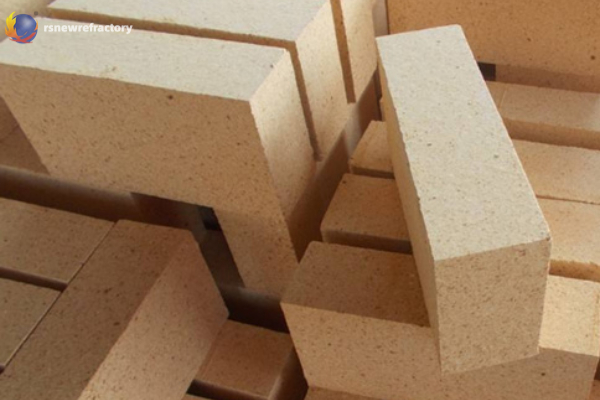
If the πυρίμαχα τούβλα are damaged, it will not only affect the product quality, but also make the kiln lose protection and need to be shut down for maintenance. Once the kiln stops operating, serious economic losses will be caused to the company. Understanding the reasons for the damage to refractory bricks and making targeted improvements can effectively extend their service life, thereby reducing the economic losses caused by shutting down the kiln for maintenance.
What are the causes of damage to kiln building refractory bricks?
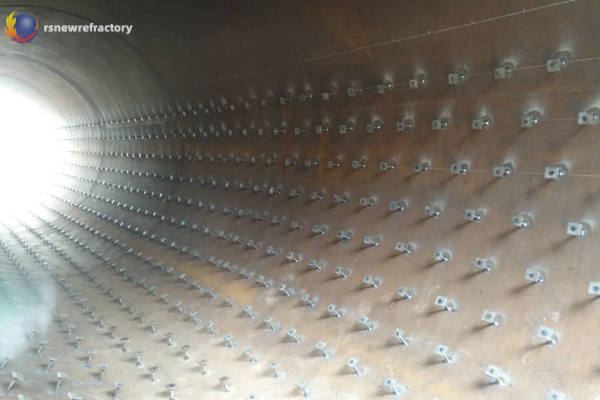
Slag erosion on refractory bricks
Slag erosion on refractory bricks mainly includes three processes: penetration, dissolution, and scouring. The erosion of slag on refractory bricks depends on the chemical composition of slag and refractory materials, operating temperature, σημείο τήξης, and flow state of slag, including the penetration of dissolved slag in refractory materials, thus causing structural spalling.
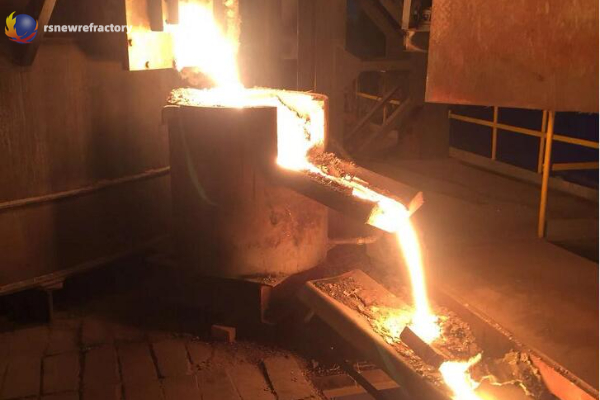
Damage caused by thermal stress
Spalling is caused by uneven stress on refractory bricks, including: molten slag penetrates into the refractory bricks to form a metamorphic layer, causing structural stress; temperature fluctuations in the kiln cause thermal stress; the metal kiln shell causes mechanical stress; creep stress caused by refractory bricks under high temperature for a long time, και τα λοιπά. Various stresses work together to cause cracks in the weak parts of the brick surface, which continue to expand and penetrate each other to form cracks, and leave the brick body in the form of flakes or blocks to form spalling, causing damage to the refractory bricks.
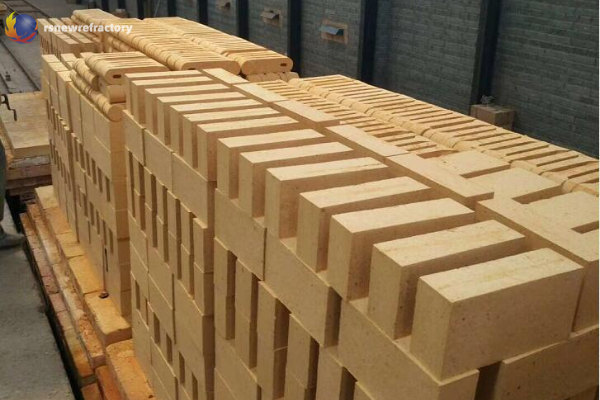
Mechanical wear
The mechanical wear of refractory bricks mainly comes from high-speed stripping and flowing slag, which not only strengthens the chemical reaction between slag and refractory bricks and takes away the reaction products with low ash melting point from the brick surface, but also accelerates the peeling process of the brick body metamorphic layer and cracks.
The above is only the basic principle of refractory brick damage. In reality, the actual use of kilns is different, which may also cause different degrees of damage to refractory bricks.
What situations should be avoided in kilns?
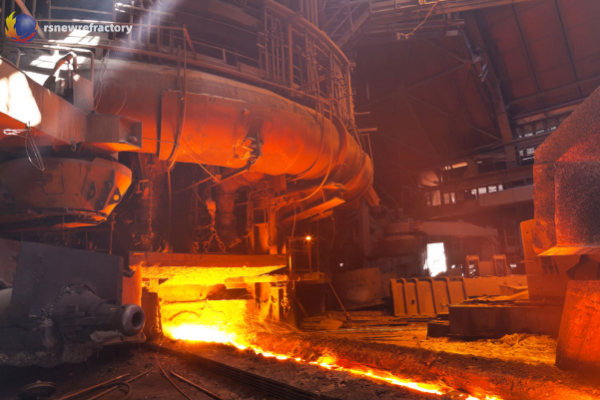
- The kiln temperature control is too high, and it operates at too high a temperature for a long time, which greatly increases the damage rate of refractory bricks.
- The kiln nozzle is worn and deformed, causing partial spraying, which leads to accelerated damage to local refractory bricks.
- The pressure rises and falls too quickly during the start and stop of the kiln, which will accelerate the fall of the refractory brick layer, or the temperature rises too quickly during the baking process, and the flame is repeatedly turned off, which will damage the refractory bricks due to additional stress.
 Rongsheng Refractories Factory
Rongsheng Refractories Factory
WeChat
Σαρώστε τον κωδικό QR με το wechat